Imagine a world where, with the twist of a knob, you unlock an entirely new realm of musical possibilities. I vividly remember the first time I truly understood lap steel guitar tuning. The hauntingly beautiful chords filled the room, capturing both my attention and imagination. That moment ignited a passion, urging me to explore beyond standard tunings into nuanced variations that bring the lap steel guitar to life. Tuning isn’t just a technical skill; it’s foundational, determining every aspect of your sound and expression.
In this beginner’s guide to lap steel guitar tuning, I’ll lead you through the essentials of crafting your unique sound. Think of this as not just a tuning guide, but an invitation to embrace a pivotal step in your musical journey. Whether you’re just starting or seeking deeper mastery, understanding tuning’s fundamentals can transform your playing experience.
What is Lap Steel Guitar Tuning?
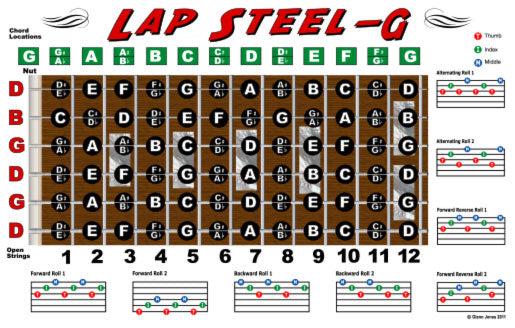
Did you know that the tuning of your lap steel guitar can completely change the character of your playing? With years of performing and teaching, I’ve discovered that lap steel tunings are not just technical adjustments but are pivotal in evoking different emotions and atmospheres in music. Whether you’re just starting out or have some experience under your belt, understanding the basics of tuning is essential.
In this section, I want to demystify the concept of standard tuning for lap steel and delve into the diverse world of pitch arrangements that you can explore. Each tuning configuration has its own unique voice and allows for an array of musical expressions. For example, the Hawaiian-inspired C6 tuning can transport you to sun-drenched beaches with its lush, mellow tones, while the blues-infused Open E tuning brings out soulful, gritty riffs inviting deeper emotional connection.
As we dive into this fascinating topic, remember that experimenting with these tunings can vastly broaden your musical horizon. My journey with lap steel guitar has been enriched by embracing a variety of tunings, each one unlocking new dimensions of sound and creative potential. Let’s explore these different tunings further and find out which resonates most with your musical style!
Why is Tuning Important?

As I delve into the world of music theory for lap steel, I’ve often pondered, Is tuning merely a technical necessity, or does it hold the key to musical expression? This question has guided my journey and understanding of why tuning is so crucial for beginners and seasoned players alike.
At its core, tuning is far more than aligning strings to precise pitches—it’s the foundation of your unique voice on the lap steel guitar. It shapes the harmonies and soundscapes you create. Understanding the theory behind tuning is pivotal. Without it, you’re merely replicating sounds; with it, you’re crafting your own musical identity.
Through experience, I’ve found that harnessing this knowledge allows musicians to explore creatively and express emotions with depth and nuance. As educators, we must impart not just the ‘how’ but the ‘why’ of tuning. This empowers students to bridge technical prowess with artistic freedom, offering them a canvas as vast and expressive as their imagination allows.
When to Tune Your Lap Steel Guitar
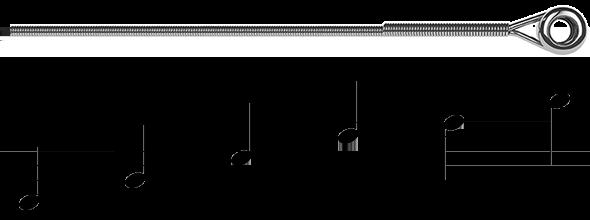
When it comes to keeping your lap steel guitar sounding its best, tuning is as crucial as honing your playing skills. How frequently should you tune your guitar to ensure it always sounds its best?? Drawing from my own experiences, I’ve found that regular tuning sessions, especially before performances, can significantly enhance both a guitarist’s confidence and sound quality. Whether diving into common lap steel tunings or exploring a lap steel tuning database for new sounds, the key is consistency. Before each practice or performance, I make it a ritual to tune, ensuring every note rings true. This practice not only maintains the guitar’s sonic integrity but also boosts my readiness to deliver an optimal performance. Remember, every session is a step towards perfect harmony.
Who Can Benefit from Lap Steel Guitar Tunings?
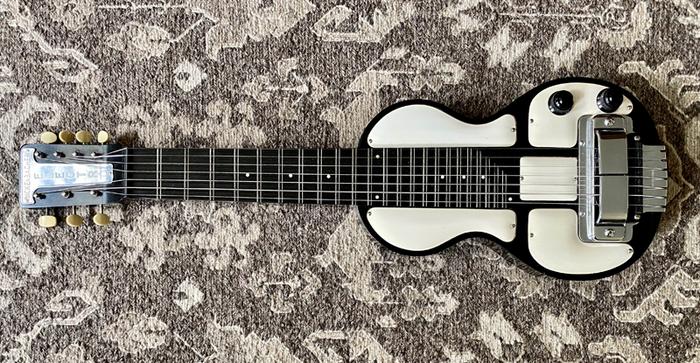
Which musicians can truly unlock their creativity by experimenting with lap steel guitar tunings? As someone who has spent years exploring the nuances of this distinctive instrument, I’ve seen firsthand how different musicians, from beginners to advanced players, can find their unique voice through these tunings. Lap steel guitar tunings offer an expansive canvas for creative expression, making it a valuable tool for artists across genres.
Whether you’re delving into the soulful licks of blues or the soaring melodies of Hawaiian music, the right tuning can open up new avenues in your musical journey. Innovators, like slide guitar maestros and those experimenting with world music, will find inspiration in the myriad of possibilities. With the right lap steel learning resources, these tunings become the key to a deeper, more personalized sound.
How to Tune a Lap Steel Guitar
Using a Tuner
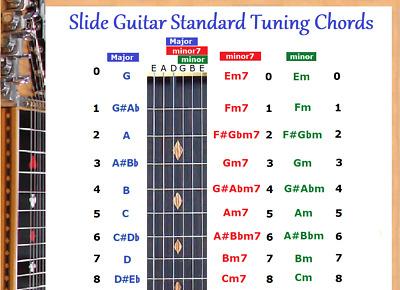
Could a simple device like a tuner be the secret weapon for mastering the lap steel guitar? In my journey as an instructor, I have found that incorporating an electronic tuner into your tuning guide for lap steel can significantly simplify the process for beginners. These devices not only provide the precision needed for common lap steel tunings but also build confidence by ensuring accuracy every time. With a wide variety of tunings to explore, including C6 and E7, a tuner can be indispensable, allowing you to focus on honing your musical skills rather than wrestling with imperfect tones.
Teja recommends starting with an electronic tuner, as it’s critical in crafting a foundation where precision becomes second nature, enhancing both learning and performance. For anyone embarking on this musical journey, leveraging modern tools, like a tuner, can transform the daunting task of tuning into a streamlined and enjoyable process.
Using Reference Notes

As an instructor, one of the first skills I impart to my students is tuning by ear, a skill I honed during my early days as a guitarist. Tuning to reference notes doesn’t just standardize your lap steel guitar; it nurtures a deeper musical intuition.
What if tuning to reference notes could deepen your musical ear and intuition? By consistently matching your lap steel’s pitch to a trusted reference, you refine your ability to identify slight variations in tone—a critical skill when playing expressive slide guitar.
Utilizing reference notes bridges the gap between slide guitar tuning and achieving a harmonized sound across your lap steel guitar chords. This technique does more than just optimize tuning; it encourages you to connect with music on a more intuitive level, further enriching your musical journey. As you explore this method, you’ll deepen your understanding of sound, which will serve you well as you delve into different tuning styles and techniques.
Exploring Different Tunings
Popular Tunings for Beginners
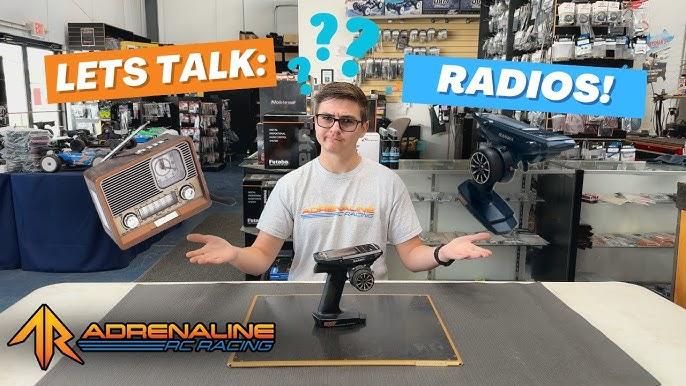
As we delve into the world of lap steel guitar, an essential aspect to master is exploring different tunings. This journey begins with a crucial question: What popular tuning can set you on the fast track to discovering the joys of lap steel guitar? For many, the answer lies in C6 tuning, renowned for its versatility and rich harmonic possibilities. In my experience, C6 is an *ideal beginning point*, offering a satisfying blend of simplicity and depth, allowing you to explore a wide array of musical styles.
When it comes to standard tuning for lap steel, C6 provides an accessible entry point for beginner lap steel guitar enthusiasts. Its configuration prepares you for more complex arrangements as your skills advance. Through my journey with lap steel guitar, I’ve observed that embracing such a popular tuning early on not only enhances your understanding of the instrument’s unique voice but also elevates your overall musicality. This foundation paves the way for more advanced tunings, propelling you towards a comprehensive mastery of the lap steel guitar.
Advanced Tunings
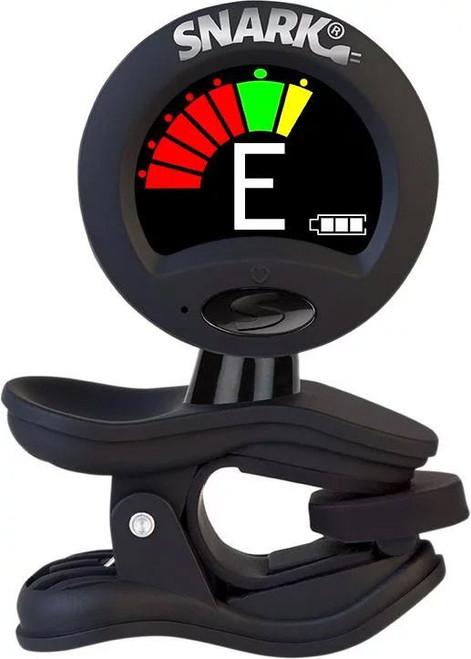
Exploring the depths of lap steel guitar tunings has been a fascinating journey, propelling my musical horizons beyond the conventional. Which advanced tunings could redefine your approach to playing the lap steel guitar? While delving into the intricate world of advanced tunings, I’ve encountered a tapestry of possibilities that extend far beyond the traditional C6 or E7 setups.
Drawing from an extensive lap steel tuning database and applying sophisticated music theory for lap steel, these tunings challenge and enrich both technique and creativity. Through my research, I’ve embraced configurations such as Leavitt or C13, each offering unique resonances and harmonic textures. These tunings invite an exploration into uncharted territories of sound, facilitating an expansive artistic expression.
The evolution towards advanced tunings fundamentally enriches the broader parent category of exploring different tunings, introducing complexities that invite both a deeper understanding and a more personalized musical journey. This intricate study is not merely about playing; it is an opportunity to discover how such tunings can revolutionize your lap steel experience and artistry. Transitioning towards this complexity amplifies your sonic capabilities, setting a robust foundation for creative experimentation. Moving forward, we’ll address some frequently asked questions to further illuminate and demystify this fascinating domain.
FAQs
What is a lap steel guitar?
How do you tune a lap steel guitar?
What are the basic steps for tuning a lap steel guitar?
Can a beginner easily tune a lap steel guitar?
Conclusion
Why does the journey of learning to tune and play the lap steel guitar inspire a lifetime of musical growth? As I reflect on my own experiences teaching countless students, this question strikes the core of why tuning is more than just a technical skill—it’s the gateway to musical discovery and development. Understanding the basics through this beginner’s guide equips you with essential knowledge on what and how to tune, using tools like tuners and reference notes. Emphasizing the significance of tuning, we explored popular tunings for beginners, as well as more advanced tunings for those ready to progress. Tuning your lap steel guitar is not just maintenance; it’s an invitation to deeper engagement and artistry. Leveraging a wealth of lap steel learning resources, every player can benefit and grow by embracing their unique journey. May your path with the lap steel guitar be filled with continuous learning, creativity, and unique musical expression.

Teja Gerken, a fingerstyle guitarist with a unique blend of folk, classical, jazz, and world music, has made significant contributions to the guitar world. Known for albums like ‘On My Way’ and ‘Postcards’, and as a co-founder of Peghead Nation, he brings his expertise from intimate venues to global stages. At Fretterverse, Gerken offers deep insights into diverse fingerstyle techniques and musical fusion.
